Apple's latest M5 chip is already making waves in the tech world, but what about its more powerful siblings? The M5 Pro and M5 Max are the chips everyone's really waiting for, and based on what we know about the base M5's performance gains, these upcoming variants could be absolute powerhouses.
This staggered cadence makes sense for manufacturing and market positioning. Industry reports suggest the M5 Pro and M5 Max will begin mass production in the second half of 2025, with the M5 Ultra following in 2026. The M5 family is expected to launch in stages, starting with base models and Pro/Max variants arriving in spring 2026. That gives Apple time to refine the more complex multi-die designs while meeting demand for the base M5 models.
The efficiency question: Power vs. performance
One concern with the M5's increased performance is power consumption, but the context is more nuanced. The base M5 consumes 7-7.7W compared to the M4's approximately 5.2W, making the M5's efficiency roughly 4% worse than the 10-core M4 in pure chip-to-chip comparison.
Zoom out to the whole machine. When considering that M5 MacBook Pros offer higher unified-memory options (configs up to 32GB), whole-system tradeoffs change — check model specs for base vs optional memory. You get much more performance and memory capacity without sacrificing battery life, a crucial consideration for work on the go.
The M5 Pro and Max will face similar trade-offs, but Apple's use of TSMC's N3P manufacturing process should provide 5-10% lower power consumption while achieving 5% performance improvements compared to previous generations. In short, Apple is balancing big performance jumps with reasonable power budgets, which is essential inside a laptop.
What this means for the future of Mac performance
The M5 Pro and M5 Max are more than incremental upgrades, they are setting up Apple for the next era of professional computing. With AI workloads becoming increasingly important and the M5's 4x improvement in AI compute performance, these chips could make MacBooks genuinely competitive for machine learning development, real-time AI-assisted content creation, and computational research. The architectural advantages of the M5, especially in AI applications, give it a significant lead over previous generations.
What is especially exciting is how the Neural Accelerators scale with pro workflows. Because the base M5 integrates AI processing into each GPU core, adding more GPU cores in the Pro and Max variants should scale AI performance almost linearly. The result: an M5 Max that — if silicon scales linearly — could substantially outpace the base M4 in AI throughput, a different league for professional AI workloads, from real-time video analysis to large language model fine-tuning.
Bottom line, Apple continues to maintain its leadership in chip performance and efficiency, and the M5 Pro and Max should extend that advantage even further into professional territories. For creatives cutting 4K or 8K video, developers compiling large codebases, 3D artists rendering complex scenes, or researchers running AI workloads, these upcoming chips could deliver performance that changes the pace of work rather than just nudging it. The question is not whether they will be fast, it is whether the rest of the industry can build chips that even come close.




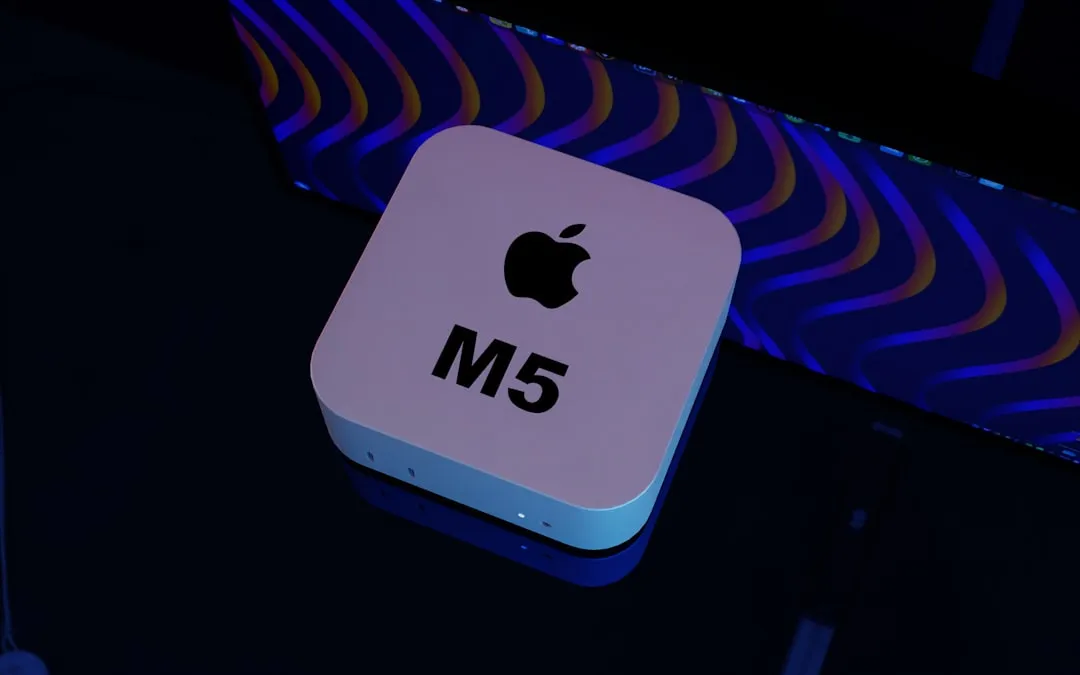
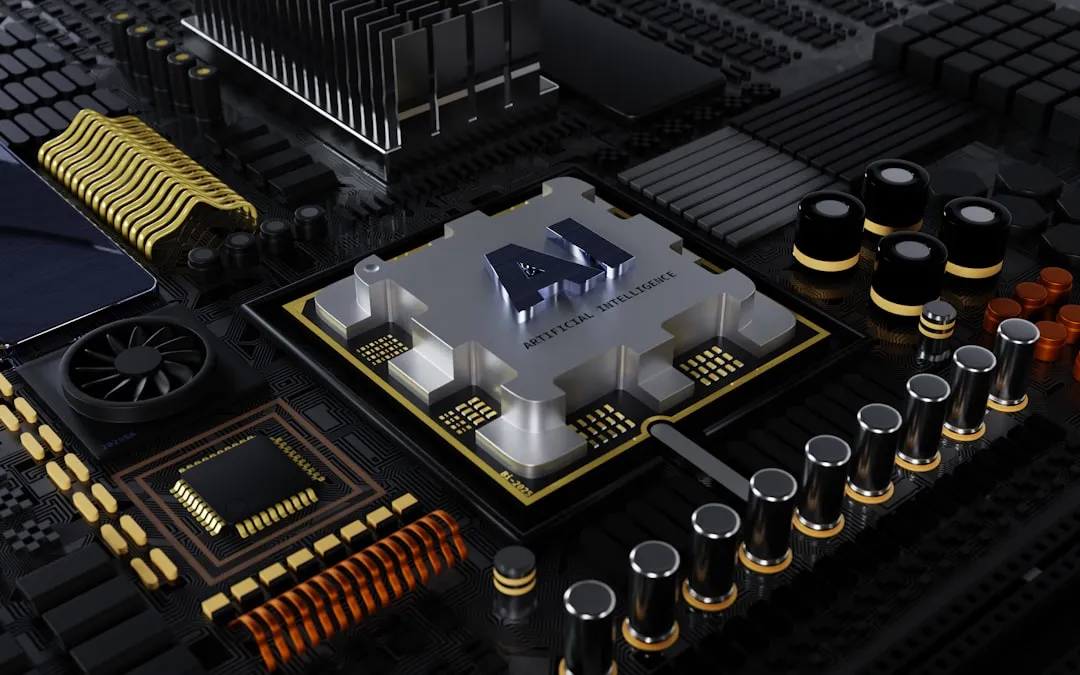
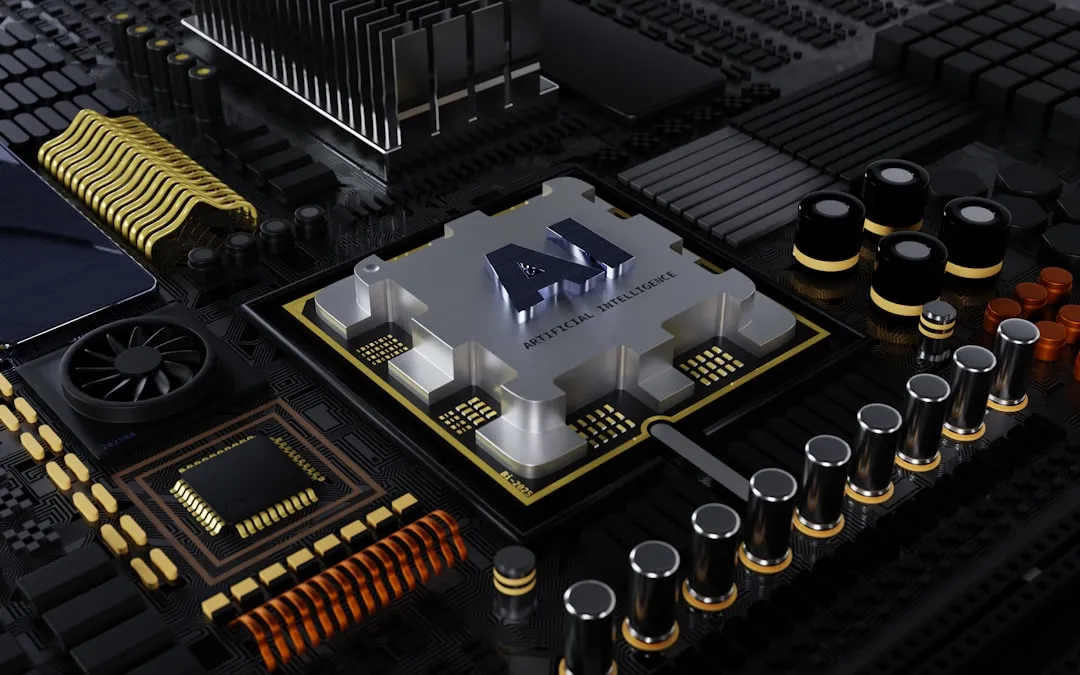





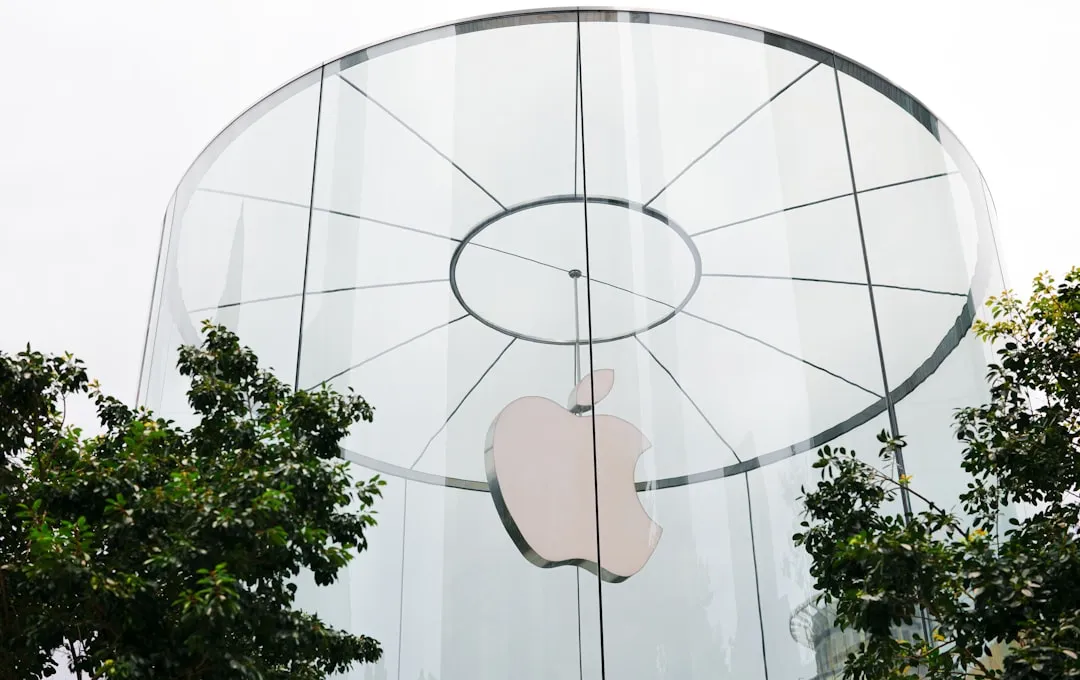





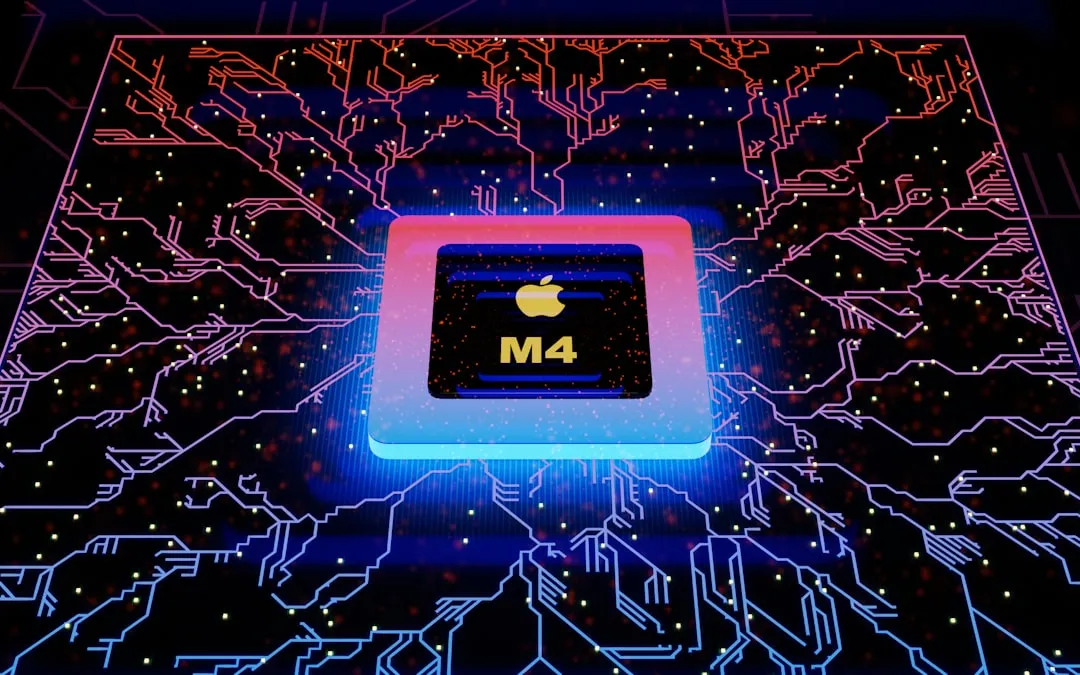
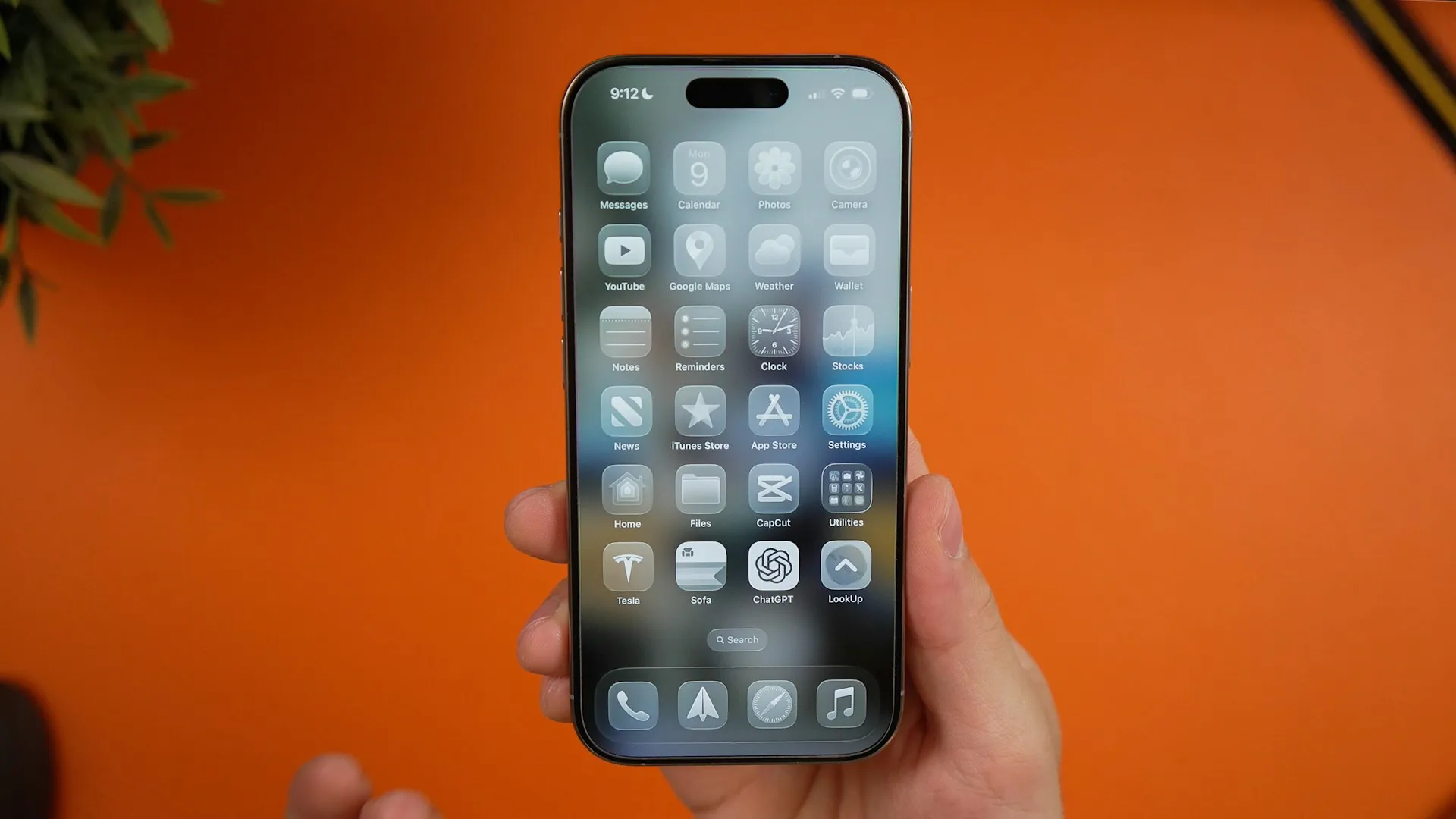





Comments
Be the first, drop a comment!